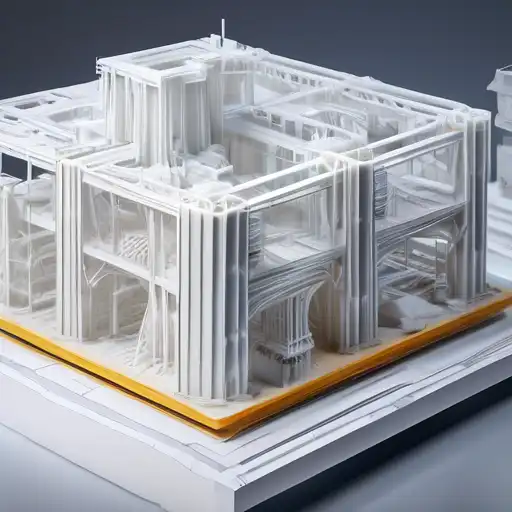Revolutionizing Construction: The Power of 3D Printing
The construction industry is on the brink of a revolution, thanks to the advent of 3D printing technology. This innovative approach to building is not only faster and more cost-effective but also opens up new possibilities for architectural design and sustainability. In this article, we delve into how 3D printing is shaping the future of construction.
What is 3D Printing in Construction?
3D printing in construction involves the use of large-scale printers to create buildings and structures layer by layer. This method can use a variety of materials, including concrete, plastic, and even recycled materials, offering a greener alternative to traditional construction methods.
The Benefits of 3D Printing in Construction
There are numerous advantages to using 3D printing in construction, including:
- Speed: Structures can be built in a fraction of the time it takes with conventional methods.
- Cost-Effectiveness: Reduced labor costs and material waste make 3D printing a more economical choice.
- Design Flexibility: Complex designs that were once impossible or too costly to achieve are now within reach.
- Sustainability: The ability to use recycled materials and reduce waste contributes to more sustainable construction practices.
Challenges and Considerations
Despite its many benefits, 3D printing in construction is not without its challenges. Regulatory hurdles, the need for skilled operators, and the current limitations in material choices are some of the obstacles that need to be addressed. However, as the technology evolves, these challenges are expected to diminish.
Real-World Applications
Around the globe, 3D printing is being used to construct everything from small residential homes to large commercial buildings. Notable examples include the world's first 3D-printed office in Dubai and a 3D-printed bridge in the Netherlands. These projects showcase the potential of 3D printing to transform the construction industry.
The Future of 3D Printing in Construction
As technology advances, we can expect to see even more innovative applications of 3D printing in construction. From disaster relief housing to space habitats, the possibilities are endless. The key to unlocking this potential lies in continued research, development, and collaboration across industries.
For those interested in the intersection of technology and construction, exploring other tech innovations in the field can provide further insights into how the industry is evolving.
In conclusion, 3D printing in construction represents a significant leap forward in how we build our world. With its numerous benefits and growing applications, it's clear that this technology will play a pivotal role in building tomorrow.
